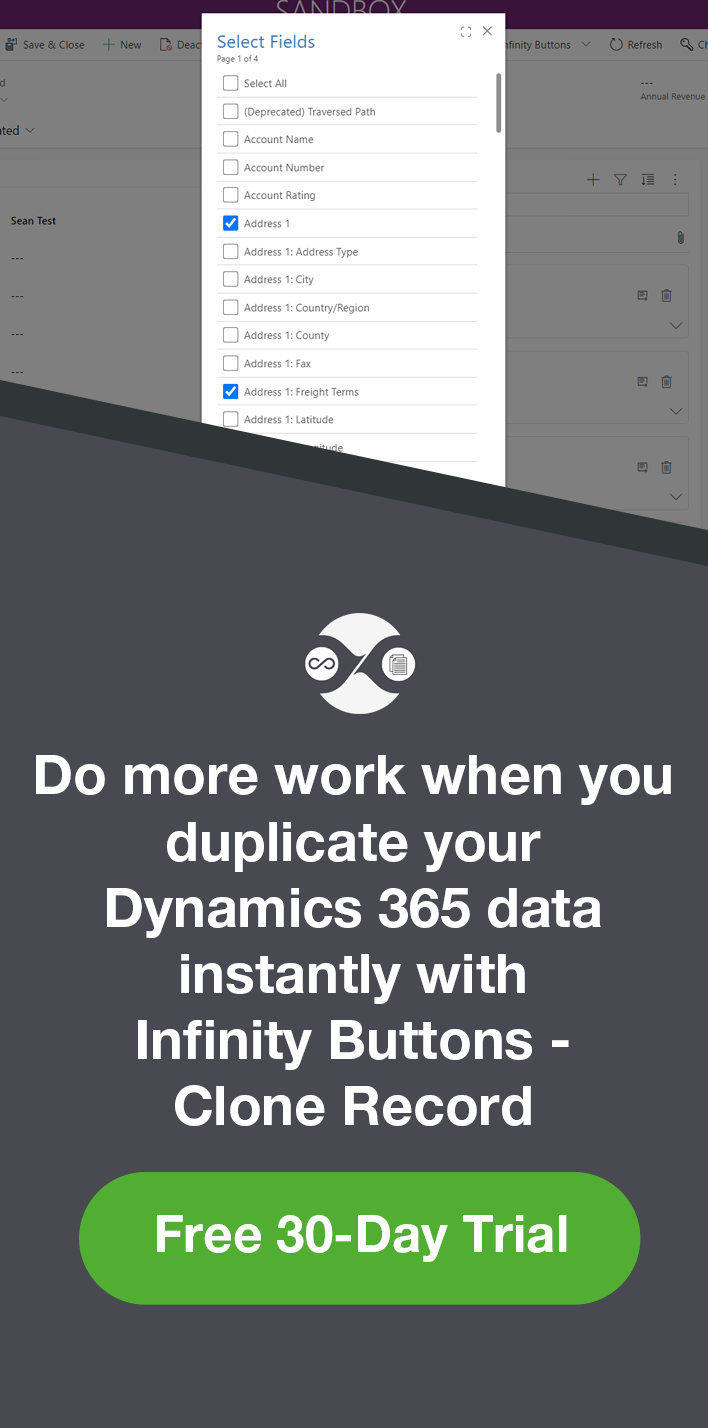Cost-benefit and CRM System Development
John Eccles, 12 December 2010
I have already touched on why a new CRM system should be implemented in stages in my blog on Smart Implementation of CRM.
Now I will discuss how you go about developing your Dynamics CRM system from the basic first stage (pilot) system into the system which represents optimum value for money for your organisation.
 *
*
I will assume that you have taken my previous advice and you have:
1. Installed a CRM system that can be expanded to cover all you can conceive of doing with CRM in your organisation including integration with other critical software.
2. Installed a serious CRM system such as Microsoft Dynamics CRM.
3. Installed the system in a single department or group and in a basic manner with minimal customisations.
4. Thoroughly trained the users, managers and support people in the use of the system and possibilities for future enhancement. Please do not scrimp on the training. Inadequate training can undermine any new system. It’s better to over-train than under-train.
Enhancing the System
From this starting point, you can enhance the system in a number of ways:
1. Improve the efficiency of the basic processes. For example by customising the data-input process you may be able to reduce the data-entry time from 60 seconds to 30 seconds or maybe 20 seconds.
2. Automate some of the process via workflows
3. Improve the visibility of the system – perhaps by dash-boarding – displaying key performance indicators in real-time to managers.
4. Improve the reporting of the system.
5. Interface CRM to another system to minimise data-entry and decrease response-time
6. Add new functionality such as the facility to store new information or provide better feedback and information about progress etc.
Your staff will come up with these and other improvement ideas. They may not always look like improvement ideas – they may look like complaints about the system! So collect all feedback concerning the system during the first few weeks as inputs into the enhancement process. And do keep your staff informed about your overall plan. They need to know that you have deliberately installed a basic system so you could take their feedback into account before you spend further money to optimise the system for them. They need to know that you value their feedback and this is an opportunity for them to contribute to the building of a stronger organisation.
Having generated all these improvement ideas, where do you start? What should you do and what should you not do?
Here is where good old-fashioned cost-benefit analysis comes into play.
Step 1
For each improvement idea, estimate the value of that improvement:
1. Process time saving:
For example, number of data-entries per day x time saving per data-entry x working days per year x cost per hour of data-entry time
Or number of reports per month x time-saving per report
2. Value of faster processing.
Is faster better? If a customer is waiting, the answer is probably “Yes”. Could a faster response time become an advantage in your market? So then what would that be worth?
3. Cost of mistakes.
There is a cost associated with every data-entry error. It may just be the cost of correction. But it may be the cost of a lost customer! Minimising data-entry (by integrating systems for example) can reduce mistakes and the cost of those mistakes.
4. Value of better management decisions.
Now it’s starting to get difficult. If the old adage that “80% of problems are caused by management” is true, then this may be the greatest saving. In theory anyway, better visibility of the system by having critical information instantly available, will lead to faster, better management decisions regarding the process. It may be hard to quantify, but do consider this.
5. The value of new functionality.
Can you save money or gain competitive advantage from the new feature? The new feature may be anything from storing clients’ purchase history so you can remind them about maintenance or replacements or storing their birthday so you can send them a card every year. Again, this may be hard to quantify, but this is where some real value can be created.
Step 2
Then of course, the benefits need to be weighed against the cost. This is much easier. If you followed my recommended approach (Smart Implementation of CRM) many of the improvements will already have been considered in your original wish-list and discussed in the Scoping Workshop. So you will have an approximate cost for them.
You may be able to do some of the improvements in-house. I recommend that you get some staff trained on report writing, workflows and dash-boarding within CRM. Then those trained people can implement many of the improvements in-house at lower cost than a specialist consultant.
If your pilot implementation goes well, there will be improvement ideas that were not originally considered and maybe some that are beyond your in-house capability. In that case, just get your CRM consultant to estimate the cost.
Step 3
Divide the estimated cost of each project idea by the corresponding value of the idea per year to get the pay-back period in years. Then implement the ideas with acceptable payback starting with the fastest payback ideas.
If this analysis is too crude, get your accountant or finance manager involved to do more sophisticated net present value analysis or internal rate of return calculations or whatever you require.
Keep it Simple
If this approach is obvious to you, that is how it should be. CRM is powerful software and technically very sophisticated – but you can and should consider it as just an investment that needs to be evaluated like any other.
*Image 1 from: http://reynblog.blogspot.com/2008/08/cultural-costbenefit-deserves-same_22.html

